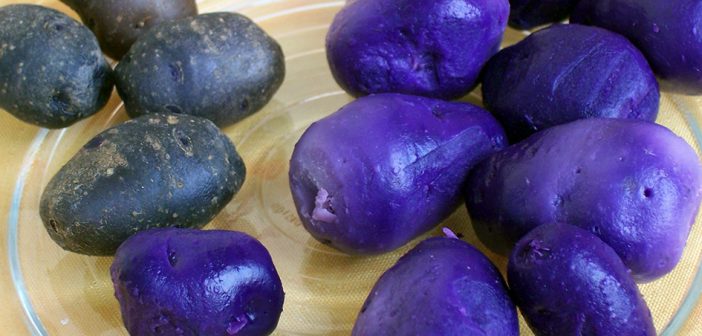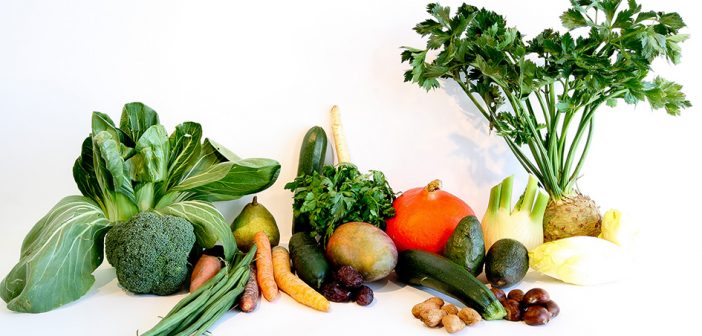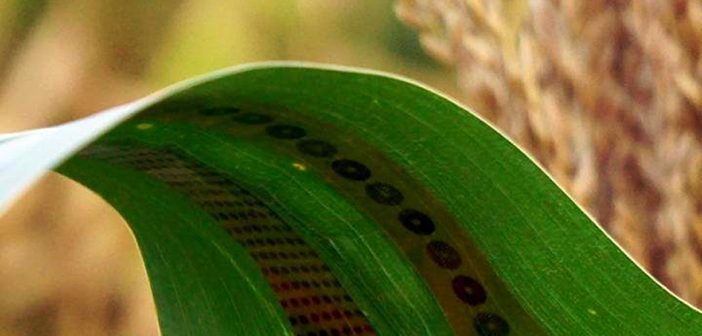Australian scientists say that plants don’t like to be touched: a discovery that could help to optimise future plant growth and productivity in agriculture and horticulture.
The research, which was led by Professor Jim Whelan, Research Director of the La Trobe Institute for Agriculture and Food at AgriBio in Melbourne, found that even the slightest touch can activate a genetic defence response which, if repeated, can slow down plant growth.
“The lightest touch from a human, animal, insect, or even plants touching each other in the wind, triggers a huge gene response in the plant,” according to Professor Whelan. “Within 30 minutes of being touched, 10 per cent of the plant’s genome is altered. This involves a huge expenditure of energy which is taken away from plant growth. If the touching is repeated, then plant growth is reduced by up to 30 per cent.”
The work, which was conducted on the model plant Arabidopsis thaliana, is thought to apply to most plant species. The next step will be to test this touch response in crop species and examine the potential consequences of breeding plants which are less touch sensitive.
“As we don’t understand why plants display such a strong defence response to touch, if we are to breed less touch-sensitive varieties, we need to first understand what some of the consequences might be,” added Professor Whelan. “For example, could touch-resistant plants be more susceptible to disease because a crucial defence mechanism has been removed?”

Photo caption: Professor Jim Whelan
Photo Credit: La Trobe University
The post Study says plants don’t like to be touched appeared first on Hort News.







